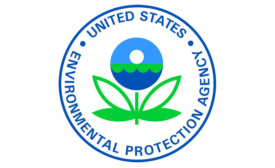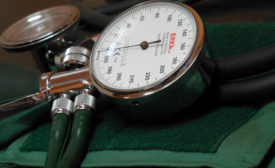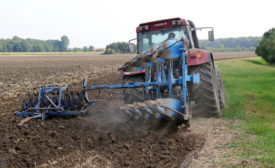Workplace Health
U.S. Navy sailors get help with hearing loss prevention through innovative program
Developer wins this year's Safe-in-Sound Excellence in Hearing Loss Prevention Award
February 26, 2019
Physically active women have lower risk of heart disease
Younger women having more acute heart attacks in the U.S.
February 22, 2019
A NIOSH Science Blog post
29-year summary of silicosis in one state
Michigan’s data is “important to the rest of the country”
February 21, 2019
Never miss the latest news and trends driving the safety industry
eNewsletter | Website | eMagazine
JOIN TODAYCopyright ©2024. All Rights Reserved BNP Media.
Design, CMS, Hosting & Web Development :: ePublishing








